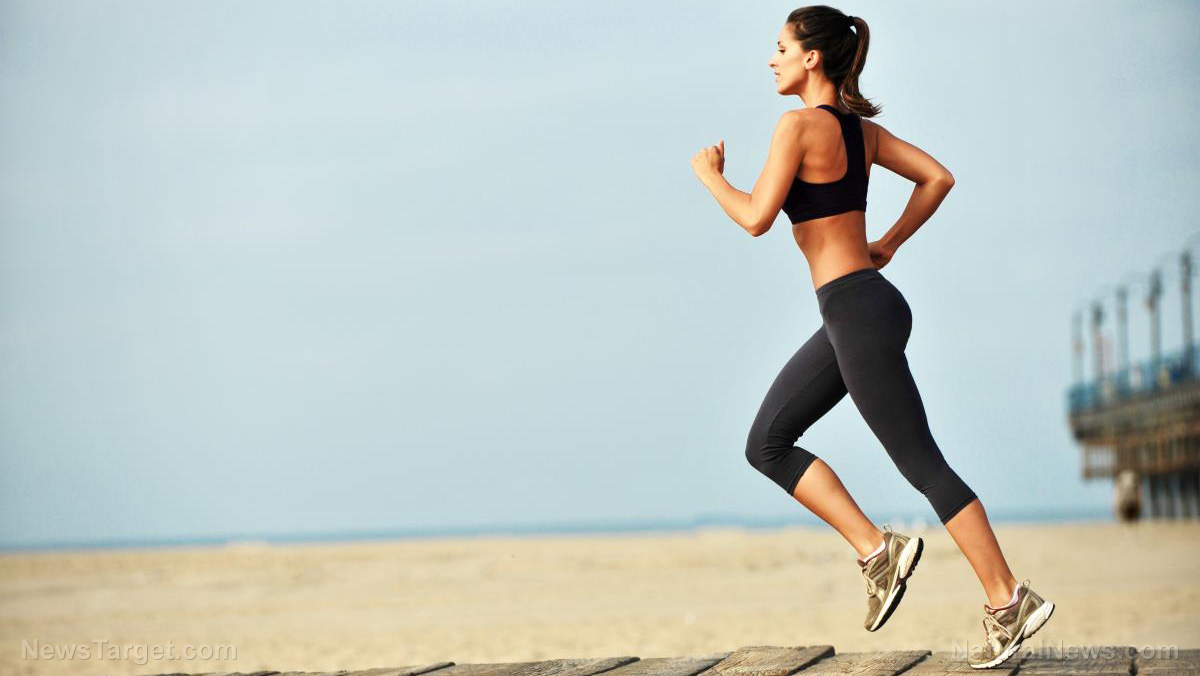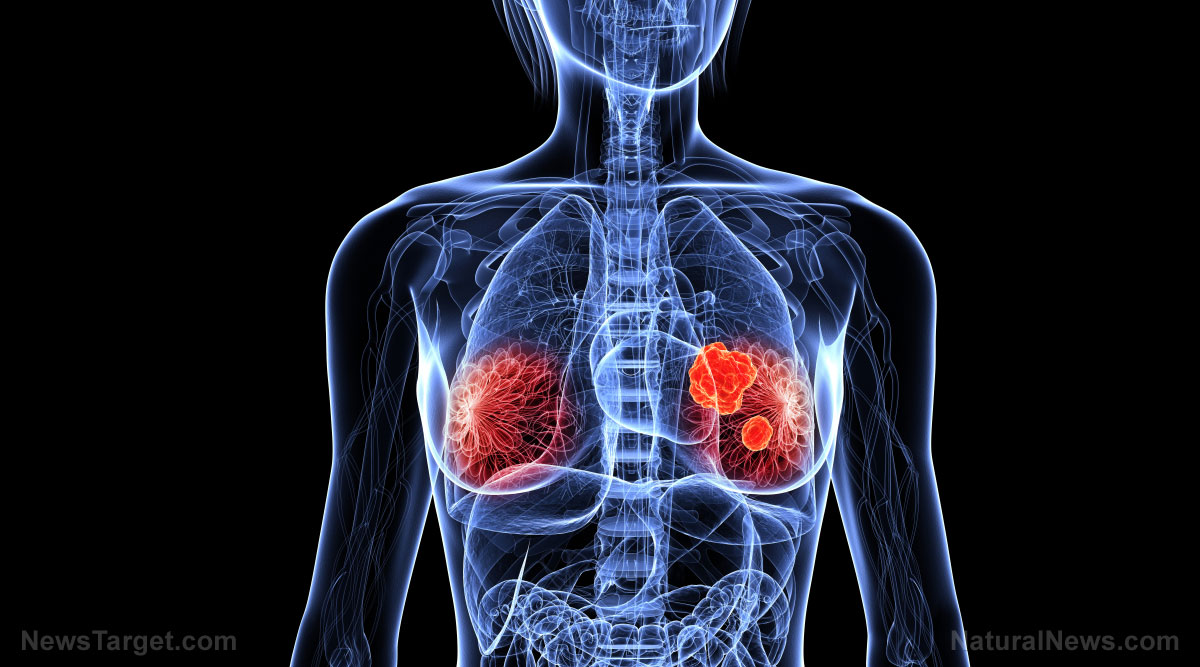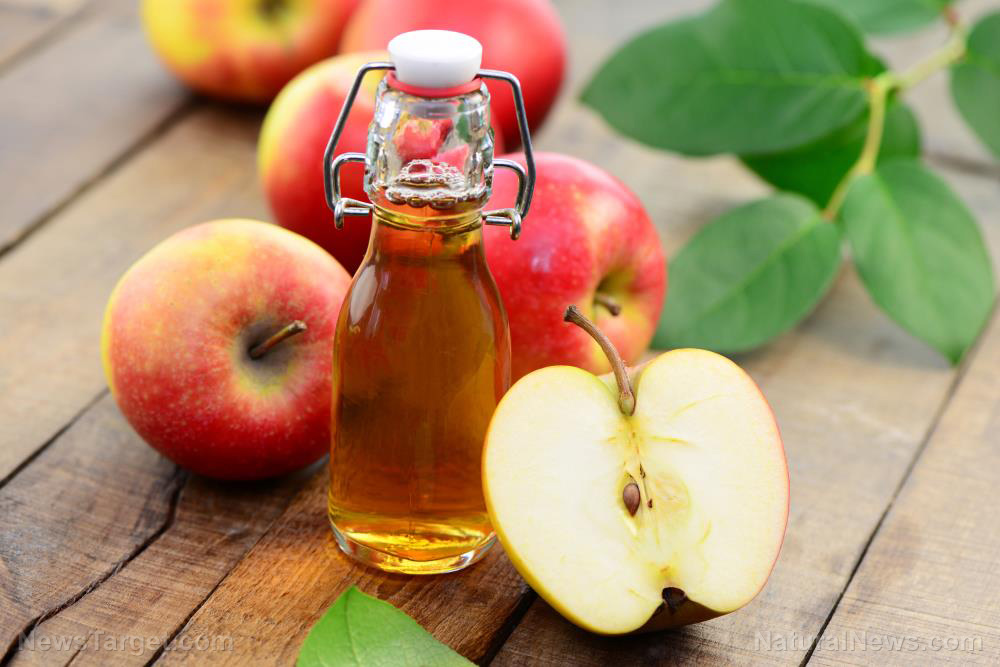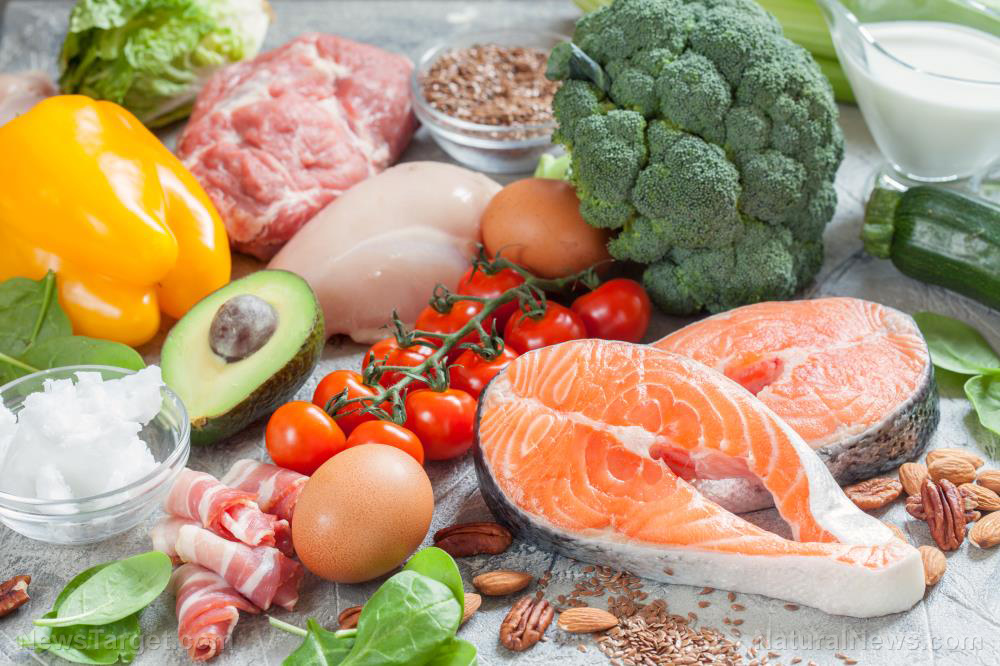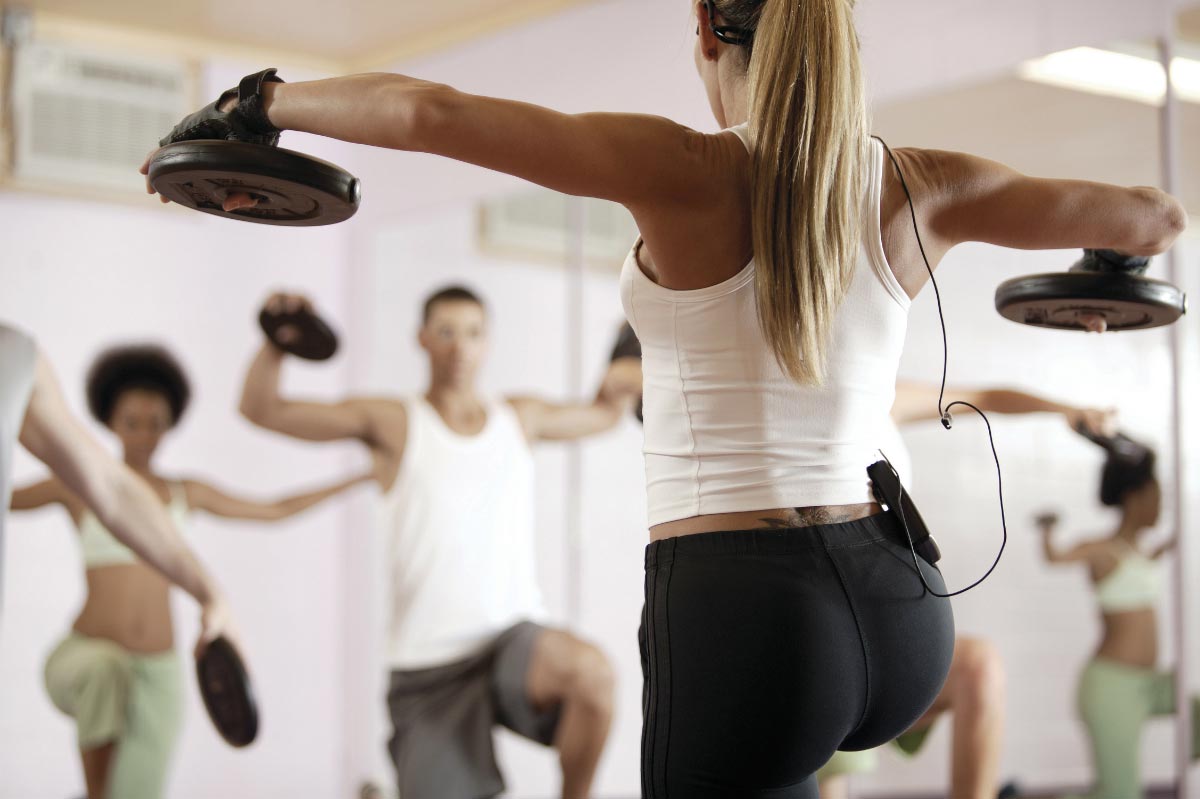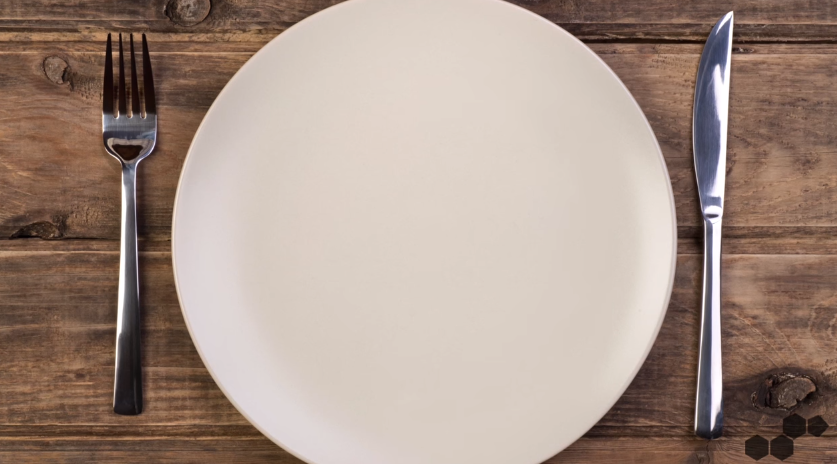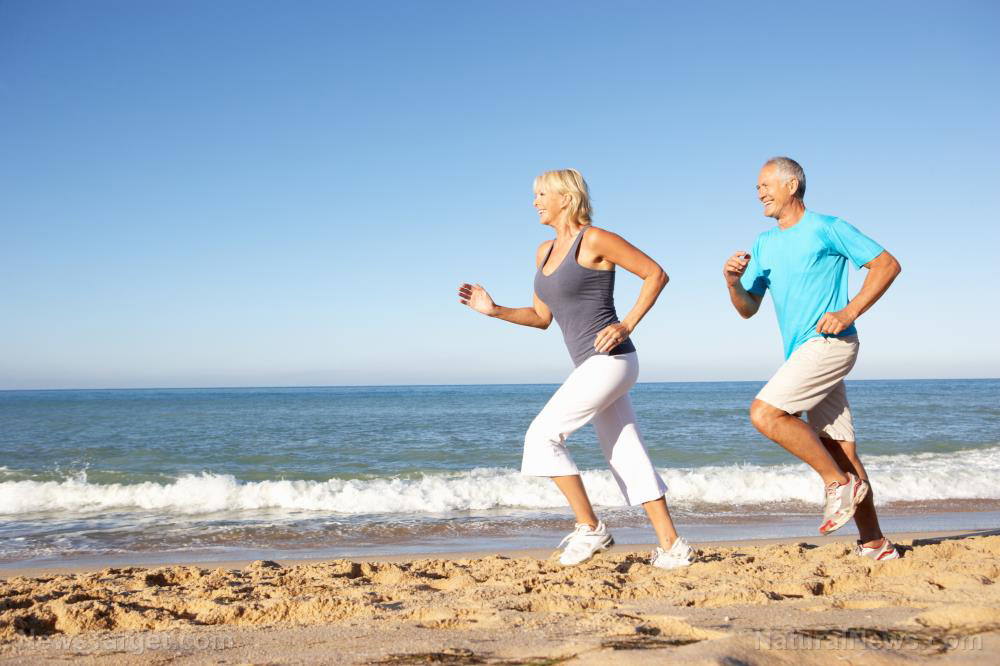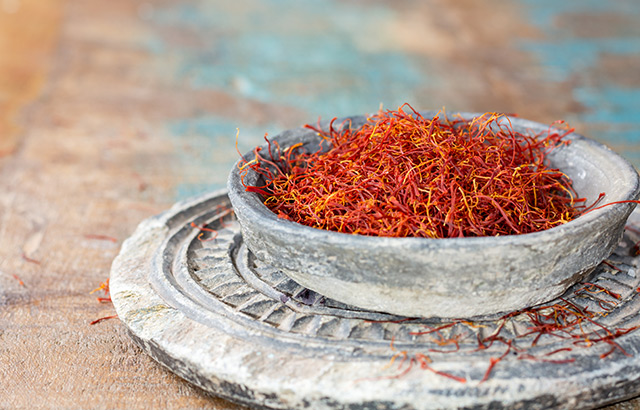Treating rotator cuff tear injuries with multiple modalities
11/22/2018 / By Frances Bloomfield

Whether caused by overuse or by age, rotator cuff tears can happen to anyone. Named after the muscles that stabilize and move the shoulder joints, these injuries can result in debilitating pain that makes everyday activities incredibly difficult. Something as simple as reaching for an item on a high shelf can become a chore for anyone with a rotator cuff tear injury. Luckily, there are various modalities one can undertake to minimize the pain. These modalities can even be combined to speed up the healing process.
- Therapeutic exercise: Unless the pain is very severe, immobility is not recommended when it comes to rotator cuff tears. Constant motion with plenty of gentle stretching will help restore mobility and rebuild strength in the shoulder, which has a high risk of sustaining further injuries the weaker it is. One such therapeutic exercise that can help in this regard involves correcting the position of the neck. According to Integrative Practitioner, the neck has an impact the shoulders, making it all the more important to include this in one’s therapeutic exercise regimen.
- Functional movement assessment: This is less about treating the pain and more about finding the underlying problem that’s causing it. These problems can range from poor posture to imbalances that affect movement. Once these have been identified, they can then be corrected to lessen the chances of adding further damage to the shoulders and the back.
- Low-level laser therapy (LLLT): People who opt to undergo this treatment can expect the use of lights to stimulate the body’s cells into decreasing the production of inflammatory chemicals, and simultaneously boosting the generation of anti-inflammatory enzymes. In addition to being quick and painless, one other benefit that LLLT has for people with rotator cuff tears is that it can accelerate healing.
- Active release technique (ART): One of the unfortunate effects of rotator cuff tears is the possibility that adhesions may form. Also known as dense scar tissue, adhesions heavily restrict joint and muscle movement by compressing and pinching injured tissues. ART can remedy this by removing the scar tissue in sessions that can take as little as 15 minutes.
- Instrument-assisted soft tissue mobilization (IASTM): For some people, the extent of their rotator cuff injuries run deep into their muscle fibers. Cases like these can usually be solved through the implementation of IASTM, wherein soft tissue dysfunctions are corrected through instruments that break down adhesions and encourage soft tissue restoration. The inclusion of IASTM in strengthening and stretching exercises can increase the efficacy of these exercises. (Related: IASTM – The new wave in injury resolution without surgery.)
- Kinesiology taping: This treatment involves the application of kinesiology tape to smooth out joint motion and reduce swelling. While most commonly used to remedy sports injuries, kinesiology taping has become increasingly popular among non-athletes with musculoskeletal injuries and inflammatory conditions thanks to its ease of use and efficacy.
In addition to these various modalities, there are a number of home methods that can make dealing with rotator cuff tears a little easier. One is to place ice on the shoulder for the first few days after the injury. Another is to eat foods rich in calcium and magnesium to help relax the muscles. Some examples include sesame seeds, leafy greens, milk, soybeans, and eggs. Foods that are naturally rich in anti-inflammatory compounds, such as turmeric and ginger, can provide further relief from pain.
And although incredibly painful, rotator cuff tears are preventable, specifically those caused by overuse. Make it a point to properly warm up before performing any activities that will place pressure on the shoulder joints. Stretching before and after these kinds of activities can help as well.
Stay in top shape by visiting Health.news for news stories, studies, and tips on maintaining excellent health through natural means.
Sources include:
Tagged Under: Active release technique, alternative treatments, Functional movement assessment, Instrument-assisted soft tissue mobilization, Kinesiology taping, low-level laser therapy, muscle pain, natural cures, rotator cuff injuries, rotator cuff tears




